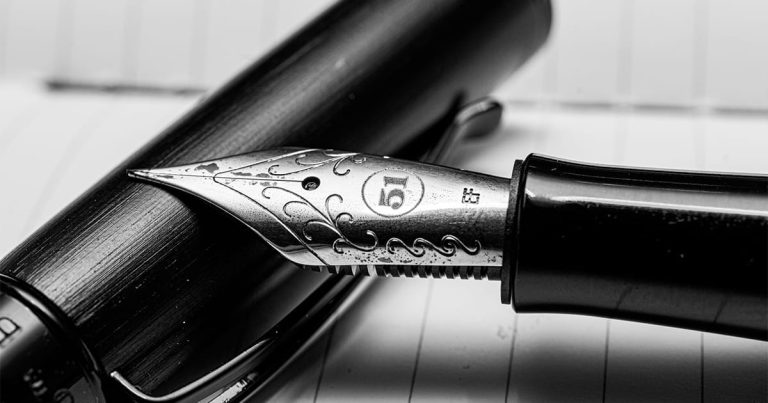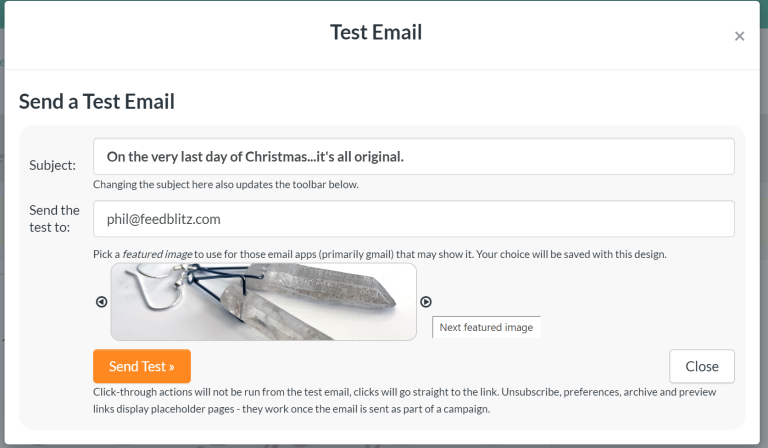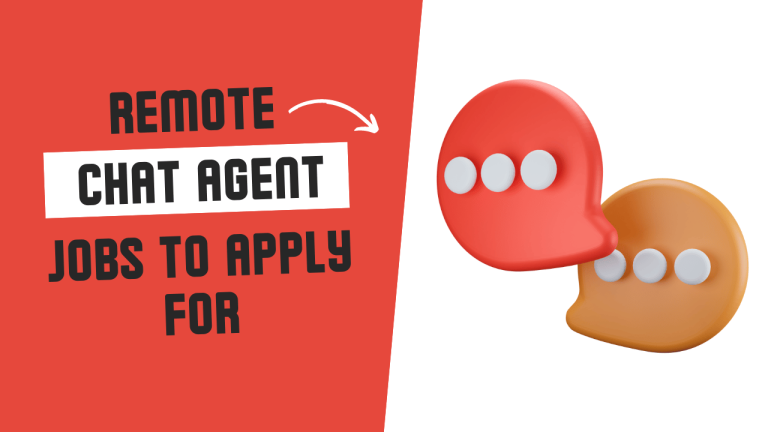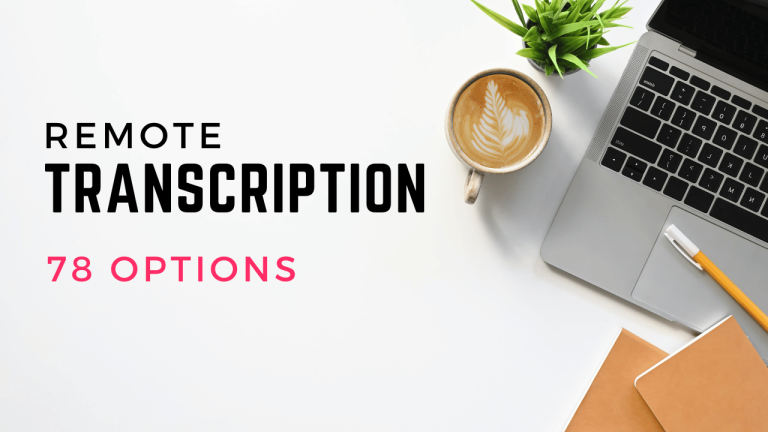Are you tired of submitting resumes online to only hear the sounds of crickets chirping? If you’re looking for an easy way to stand out in your job search, learning how to write a cover letter might be the boost your job hunt needs.
In today’s digitally savvy world, many people assume that cover letters are unnecessary and outdated. But did you know that 49% of hiring managers said that a strong cover has made up for a weak resume and convinced them to interview a potential job candidate?
If you’re looking for an easy way to stand out and grab the attention of a hiring manager, writing a good cover letter can give you a leg up on the competition.

What is a Cover Letter?
A cover letter is a self-introductory one-page letter submitted with your resume, CV, or job application. It has a traditional business letter format and aims to persuade a hiring manager or recruiter to schedule you for an interview.
Cover letters are not always necessary; in fact, many companies do not require applicants to submit one. But having a cover letter may give you an edge if you can write one that is persuasive.
Another reason you may want to write a cover letter is it allows you to expand on certain areas, such as your passion for the company culture, mentioning a referral, explaining a gap in employment, or a career change you’ve recently made. There is usually no room on your resume for these aspects, and a cover letter can give you the room to expand on your unique situation, skills, passions, or experience.
Now that you know the goal of a cover letter, let’s discuss how to write one for any job application.
1. Follow the Instructions
Before you start typing up your cover letter, be sure to read the job description and the application instructions first. Many companies use the application process to determine whether you are detail-oriented and can follow directions. Some companies may say: do not send us a cover letter; if this is the case, absolutely do not send them one.
Nowadays, companies have lengthy application and interviewing processes. Before applying, it’s best to read the job description numerous times to make sure you meet all of the criteria. You don’t want to waste your time submitting a bunch of documents only to find out that they don’t hire in your state or that you don’t have the proper equipment for the job.
Slow down, take your time, and use a checklist to make sure you’ve covered all your bases.
2. Use the Right Cover Letter Format
Cover letters have a distinct format that you should follow so that they are easy for the hiring manager to scan, locate your contact information, and quickly understand why you’d be an asset to the company. Your cover letter should also match your resume in terms of colors, fonts, and keywords used.
From top to bottom, your cover letter should include the following elements:
- Your first and last name, job title, phone number, email address, city and state, and a link to your LinkedIn profile
- Date
- Name of company
- Personalized salutation
- Intro paragraph
- 2-3 paragraphs about your job experience, passions, education, and skills
- Closing paragraph
- A complimentary close and your full name
Besides including these key elements, your cover letter should be short, to the point, and easy to scan. If you need help with the formatting, there are tons of free cover letter examples on sites like Indeed, Jobscan, and Microsoft. Stay away from templates with script fonts, too many colors, and too many design elements, as these are generally not ATS-friendly (applicant tracking software).
3. Personalize Your Cover Letter
If possible, personalize your cover letter with the hiring manager’s first and last name or a title (Ms., Mr., or Mx.) and their last name. If you’re uncertain about a person’s gender or how they identify, skip the title and just use their name. If the job posting doesn’t include who to address it to, you can try finding the individual on a social media platform like LinkedIn. If you’re still unable to find who to address it to, you can use a generalized salutation.
Here are some acceptable cover letter salutations:
- Dear Ms. Smith,
- Dear Judy Smith,
- Dear Human Resources Department,
- Dear Hiring Manager,
- Dear Marketing Team,
Lastly, avoid using the salutations, Dear Sir or Madam. These are outdated salutations and may signal that you are older. When working on your resume and cover letter, you want to avoid anything that may cause bias with the recruiter or hiring manager.
4. Compliment the Company
When you’re doing your research on the company, you should find things that make the company appealing and compliment them on it. Many employers, especially smaller companies, want individuals who know and love their brand and who are excited about the opportunity to work with them.
For example, if you’re applying for a job with Nespresso, which offers free recycling of their coffee pods, you may say something like this in your introductory paragraph:
When I saw that Nespresso was hiring a Digital Marketing Specialist, I stopped everything I was doing and immediately began working on my application. Not only do I love Nespresso coffee (especially the Golden Caramel flavor), but I have tremendous respect for your sustainability and community initiatives, and I am excited for the opportunity to be a part of this meaningful company.
If you decide to complement the company, it should be true and authentic. The more genuine enthusiasm you can convey in your cover letter, the better, as this sort of energy is infectious.
5. Make it Conversational
As you can see in the example above, my tone is very conversational. While you want to write in a professional manner, don’t get caught up in being so professional that you sound like a robot. When you’re writing your cover letter, pretend you’re writing a letter to your grandmother; you want a friendly but respectful tone.
The majority of job seekers out there are using cover letter templates with sample wording or AI-generated content, and 90% of them sound the same. If you can take a slightly different approach and write from the heart in a conversational manner, you will stand out from the crowd. Add in some enthusiasm and highlight your best skills, achievements, and experience, and you have a winning combination for a cover letter that attracts attention.
6. Highlight Your Accomplishments
On your cover letter, it’s best if you can pin-point one major professional accomplishment and hone in on that. You just need one example that will impress the hiring manager so that they become interested in scheduling an interview with you. This can be an example that was used on your resume, but perhaps you go into a touch more detail on your cover letter.
If you don’t have a concrete accomplishment to add to your cover letter, instead, use a specific example of how you achieved a goal. Focus on real-life experiences and transferable skills that make you an ideal candidate for the job. Using examples from high school, a college internship, or volunteering is perfectly fine.
7. Only Include Relevant Experience
When applying for jobs, many job seekers add every skill, job duty, and experience that they have ever had. While you want to impress an employer with your vast knowledge, including your entire work and education history, it makes it difficult for them to find the pertinent skills and experiences that are relevant to the position. Often, if your cover letter or resume is too wordy, and a hiring manager doesn’t see what they’re looking for in a few seconds, your resume goes into the trash.
When writing your cover letter and resume, focus on the skills and experience needed for the position you’re applying to. This will not only let the hiring manager know that you’re a good fit for the job, but it also helps to get your resume past ATS (applicant tracking software).
Nowadays, almost all cover letters and resumes are first scanned by ATS. This means that if your documents do not contain the right keywords, they will never make it into the hands of an actual person. This is why it is so important to modify each resume and cover letter that you send out.
Always be sure to include the job title, keywords from the job description, and your email address. I’ve reviewed a fair number of resumes where individuals forgot to include their contact details.
8. Proofread Your Cover Letter
Once you’re finished writing your cover letter, you need to proofread it for spelling, grammar, and punctuation errors. It’s best if you can do this multiple times, at different sittings. Often, what happens when you proofread multiple times in a row, your brain misses typos and errors. But when you give yourself some time in between, your mind is fresh and catches the errors that you may have missed the first time around.
You can also use a free editing tool like Grammarly to help you out. Or get a respected friend or family member to take a look at your cover letter and resume and proofread it for typos. Some hiring managers will overlook minor typos, but others will immediately throw your application out if it contains any errors, so take your time and ensure that your documents are error-free.

9. Convert Your Cover Letter to a PDF
After your cover letter has been proofread and edited, name the file with your first and last name and the words “cover letter,” and convert it into a PDF (portable document format). Using a PDF format ensures that your formatting stays secure, and it can be opened across a variety of devices. Of course, if an employer asks for documents to be submitted in a Word Doc, Google Doc, or plain text format, do what they ask. But generally speaking, a PDF is going to be the best format for your cover letter and resume.
How to Write a Cover Letter Wrapup
Writing a great cover letter is possible; it just takes some time and a little effort. But if you’re willing to do the work upfront, you’ll be rewarded with more interview requests, thus landing a job faster.
Remember, your cover letter is a short professional document that highlights why you are the best candidate for the job. Because prospective employers review hundreds, sometimes thousands, of resumes and cover letters, they should be easy to scan and highlight your best attributes. Cut out the fluff and focus on the most important qualifications for the job.
If you’re still struggling to write a cover letter, you can always hire a resume writer to assist you with the task, or you can use an online template from the Ultimate Resume Template Bundle, which contains 3 resume templates, 2 cover letter templates, a resume and application guide, and bonus action verb sheet!










